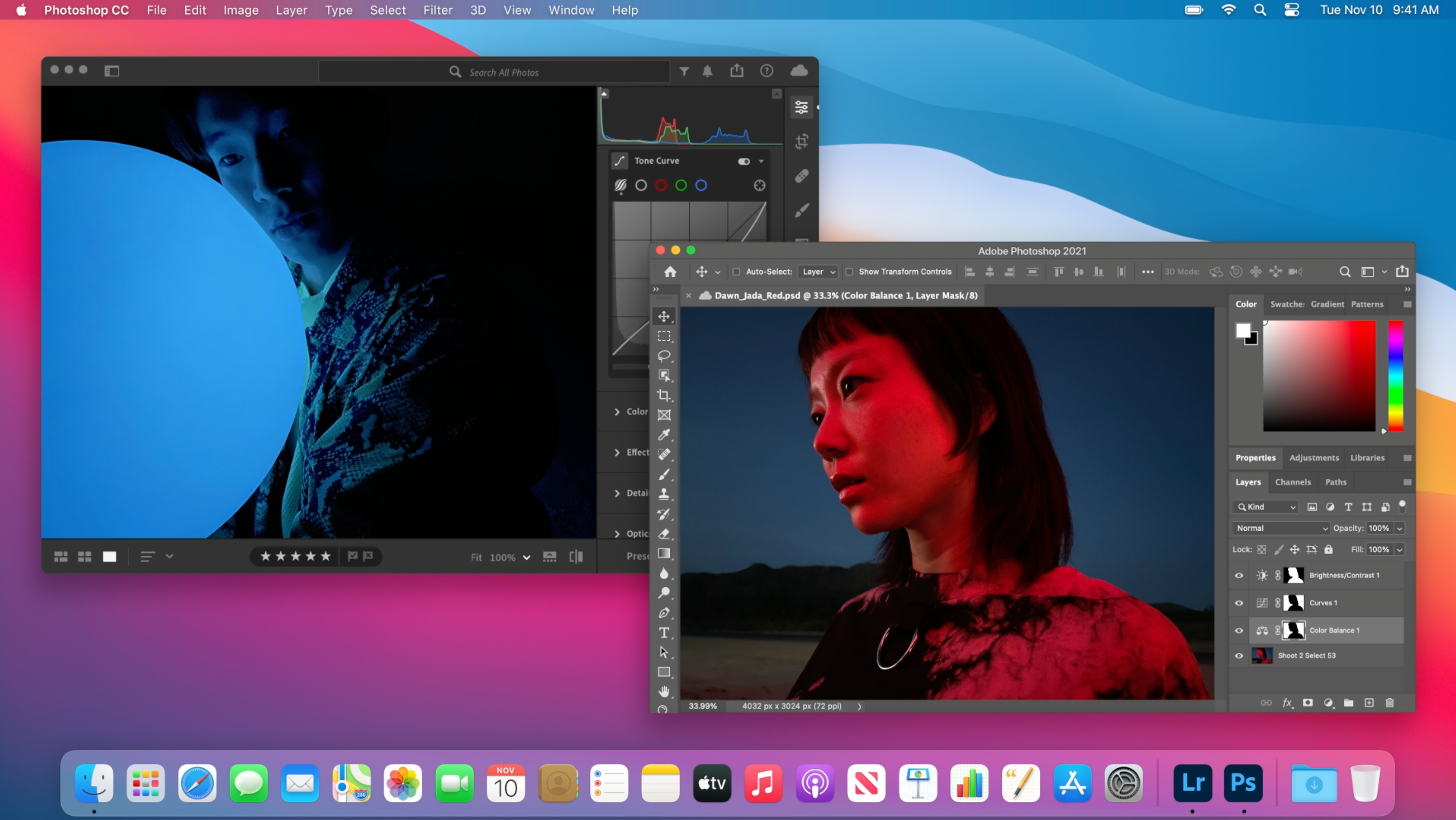It’s Rosetta 2’s fault (#apple #rosetta2 #bigsur)

According to a recent small survey by AppleInsider, 53% of apps are running natively on M1-powered Macs. What about the remaining 47%? Well:
“Without native support, they’re run in Rosetta 2 emulation. That may conceivably turn out to mean that they run faster than they did on old Intel hardware, but it’s not why you’ve bought an Apple Silicon Mac.”
One of the problem is that Apple’s Rosetta 2 is too good at running non-native apps. It’s so good that they can run faster than on an Intel-powered Mac.
A lot of things are on developer’s shoulders. There are enthusiastic developers and then there are the lazy one. The former rush to add M1 support for their apps even if the performance gain is negligible. The latter either doesn’t care, think it’s good enough or they don’t have full control of the software stack they use to build their apps. Think about the Electron framework. It does support the M1-powered Macs. Developers need to upgrade their apps to take advantage of the latest Apple technologies. An example if the email client for HEY. The last update came in September of last year.
As someone who use both, native and non-native apps, on my M1-powered Mac mini, I don’t see much difference, most of the time. Apps like Lightroom CC or Pixelmator Pro do show a big improvement in many operations. But for the rest? Again, Rosetta 2 is doing a marvellous job and the whole experience on Big Sur with M1 is really good.